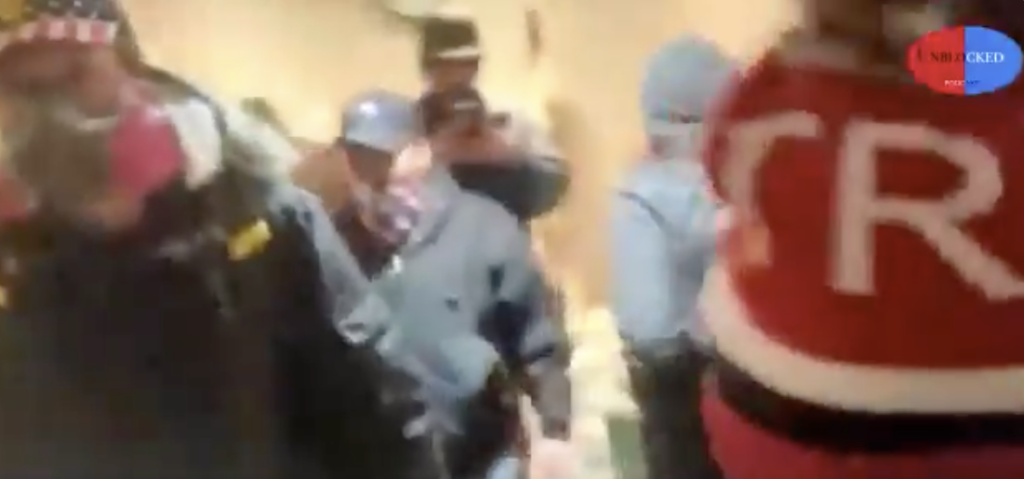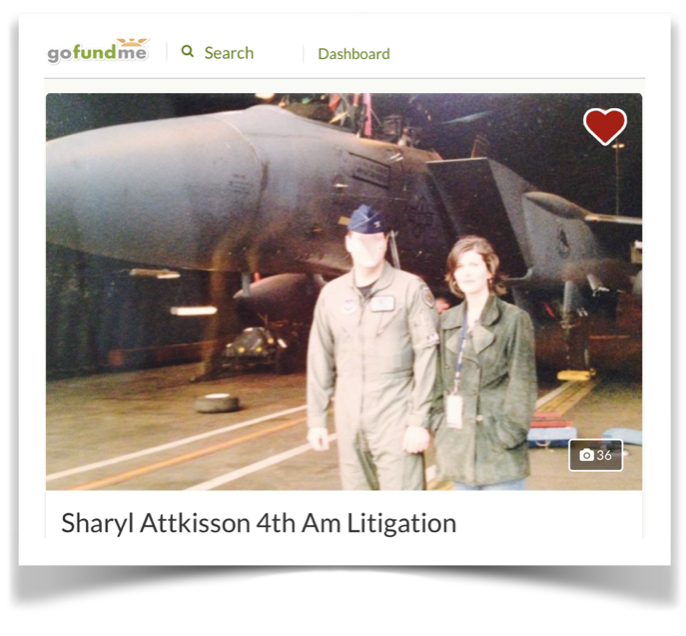
So far, the Congressional Sergeant at Arms officials before and after the Capitol riots are ignoring an inquiry from Chairman of the Homeland Security and Government Affairs Committee, Sen. Ron Johnson (R-Wisconsin).
Last week, Sen. Johnson sent letters to Acting Senate Sergeant at Arms Jennifer Hemingway, Acting House Sergeant at Arms Timothy Blodgett, former Senate Sergeant at Arms Michael Stenger, and former House Sergeant at Arms Paul Irving.
The letters ask “relevant questions that need to be answered,” according to Johnson. “I am asking for their full and prompt cooperation so we can learn what went wrong and how to prevent a similar tragedy in the future.”
“As an elected officer of the House of Representatives, the Sergeant at Arms is the chief law enforcement and protocol officer of the House of Representatives and is responsible for maintaining order in the House side of the United States Capitol complex,” reads a description posted online. The Senate Sergeant at Arms serves a similar function.
Authorities say two Capitol police officers have committed suicide in the aftermath of the January 6 riots: Howard Liebengood and Jeffrey Smith. Former Capitol Police chief Steven Sund resigned.
An excerpt from Sen. Johnson’s letter is below.

A list of Sen. Johnson’s questions, as detailed in one of the letters, follows:
- Did your office receive any reports or intelligence on security threats or planned attacks against the Capitol or Congress relating to the Joint Session? If so, please provide those reports and explain:a. the source(s) of that information;
b. what, if any, action your office took to examine those security threats; c. who in your office discussed and assessed these threats; and
d. who, if anyone, your office shared them with. - Please explain the extent to which your office was involved in developing and implementing the security plans for the Joint Session.
- How did the planned level of security for the Joint session Compare to the security for other events at the Capitol (for example, the State of the Union)?
- Are there standard levels of security preplanned for different situations at theCapitol? If so, how many are there and for what types of events?
- Was a preplanned security level in effect for the Joint Session? If so, which levelwas chosen and what was the criteria on which that decision was based?
- Who has the authority to approve additional security personnel, like the National Guard, to send to the Capitol grounds?
- Prior to the Joint Session, did your office consult with anyone in the Senate or House offices of the Sergeant at Arms or the office of the Capitol Police regarding whether the National Guard should be activated? If so, when did those conversations occur and with whom?
a. Did anyone in your office suggest to Chief Sund to “informally seek out his [National] Guard contacts”? If so, when did this occur?
- Prior to the Joint Session, did your office discuss security matters relating to the Joint Session with Majority Leader Mitch McConnell, Senate or House leadership, or their staff? If so, when did those conversations occur, what was discussed, and who attended?
- Did your office discuss activating the National Guard with Leader McConnell, Senate or House leadership, their staff, or the Capitol Police? If so:
- Please explain what was discussed, who was involved in those discussions, and when those conversations occurred?
- Specifically, did your office request activating the National Guard or express support to activate the National Guard or increase security personnel prior to January 6, for events on that day? If so, how did Leader McConnell, Senate or House leadership, their staff, or Capitol Police react to this request?
Stenger and Irving were replaced after the Capitol breach.
Text of the letters can be found below:


Thanks to the thousands who have already supported!








